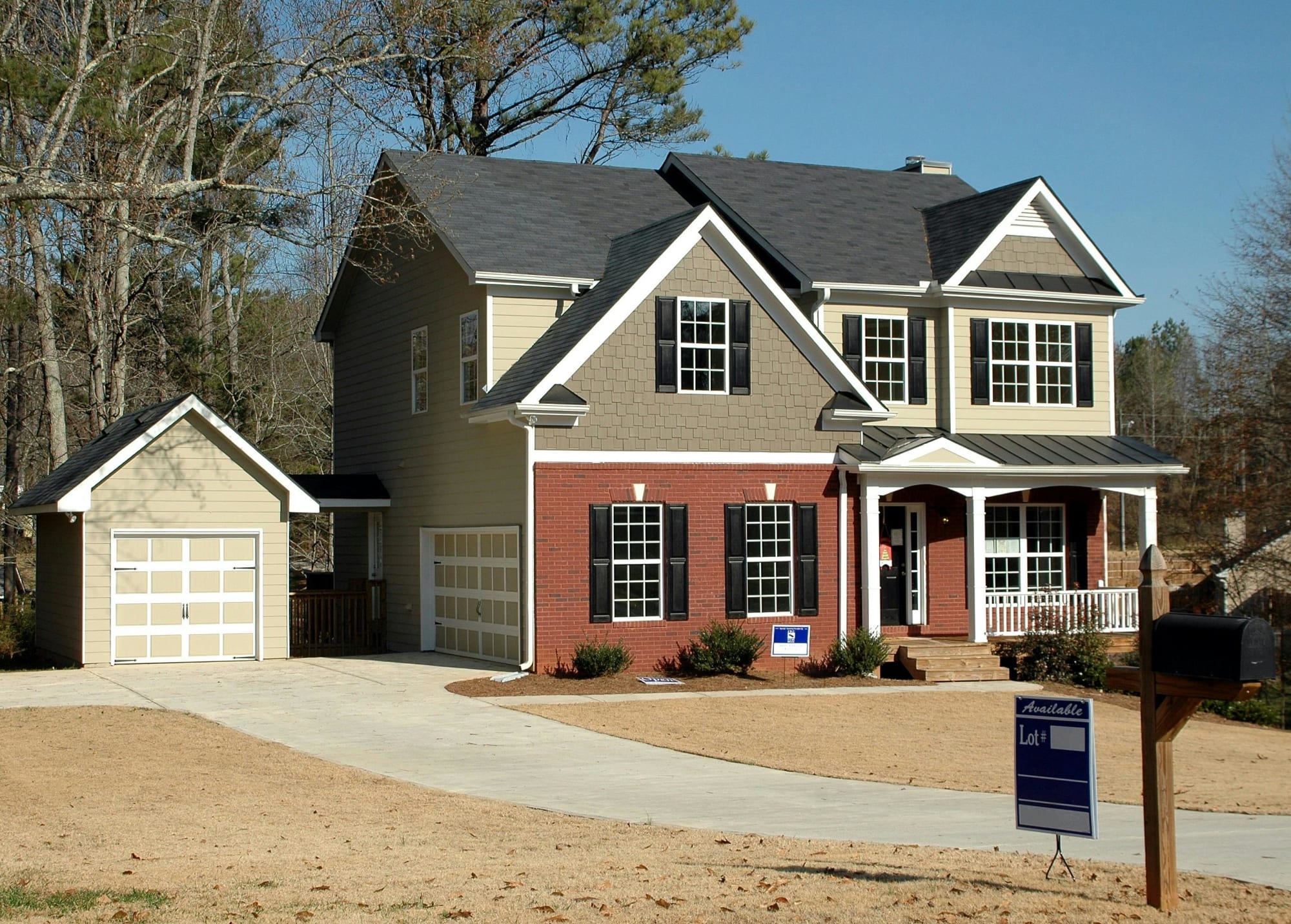Invest
East coast bias for housing affordability
Excluding Australia’s south-east, housing affordability relative to income has improved over the past 10 years, according to a property research group.
East coast bias for housing affordability
Excluding Australia’s south-east, housing affordability relative to income has improved over the past 10 years, according to a property research group.

Findings from CoreLogic has reaffirmed what property investors already know – that Sydney, Melbourne and Hobart have grown faster than household wages, making it harder for investors out of the market to catch up.
However, national dwelling values have risen at roughly the same pace as household incomes over the past decade, providing a relatively steady ratio of dwelling values relative to household incomes.
The latest CoreLogic Property Pulse issue released last week showed that nationally, the ratio of dwelling values to household incomes has fluctuated over the past decade, moving through a low of 6.1 in late 2012 to a recent high of 7 in early 2018. In June 2019, the ratio was recorded at 6.5, which is equivalent to where it was in 2009.
A ratio of 6.5 means the typical Australian household is spending 6.5 times their gross annual household income in order to buy a typical dwelling.

Despite most of Australia’s ratio of income to expenses remaining steady, the typical Sydney household is now spending 8.2 times their gross annual household income to buy property, which is up from 6.6 per cent 10 years ago.
Melbourne has increased to 7.2 times their annual income, up from 6.4 times, and Hobart households are now spending 6.5 times income, up from 5.9 times a decade ago.
CoreLogic’s head of research, Tim Lawless, said: “The wash-up from these movements is that housing affordability, based on the ratio of dwelling values to household incomes, is broadly unchanged across Australia, and households are generally dedicating less of their income towards servicing a new mortgage.”
The research also pointed to a similar story with mortgage serviceability, as the cost of credit continues to fall.
Despite mortgage rates falling to their lowest level since at least the 1950s, households in Sydney, Melbourne and Hobart are generally allocating a larger portion of their income towards servicing a new mortgage than they were in 2009.
Based on the proportion of household income required to service a new 80 per cent loan-to-value ratio, Sydney households are dedicating 43.7 per cent of their gross annual household income on mortgage repayments compared with 37.7 per cent 10 years ago. When mortgage rates were around 9 per cent in early 2009, Sydney households were dedicating a much larger 54.2 per cent to service a mortgage.
About the author

About the author


Property
New investment platform Arkus allows Australians to invest in property for just $1
In a groundbreaking move to democratise investment in property-backed mortgage funds, GPS Investment Fund Limited has launched Arkus™, a retail investment platform designed to make investing ...Read more

Property
Help to Buy goes live: What 40,000 new buyers mean for banks, builders and the bottom line
Australia’s Help to Buy has opened, lowering the deposit hurdle to 2 per cent and aiming to support up to 40,000 households over four years. That single policy lever will reverberate through mortgage ...Read more

Property
Australia’s mortgage knife‑fight: investors, first‑home buyers and the new rules of lender competition
The mortgage market is staying hot even as rate relief remains elusive, with investors and first‑home buyers chasing scarce stock and lenders fighting for share on price, speed and digital experienceRead more

Property
Breaking Australia’s three‑property ceiling: the finance‑first playbook for scalable portfolios
Most Australian investors don’t stall at three properties because they run out of ambition — they run out of borrowing capacity. The ceiling is a finance constraint disguised as an asset problem. The ...Read more

Property
Gen Z's secret weapon: Why their homebuying spree could flip Australia's housing market
A surprising share of younger Australians are preparing to buy despite affordability headwinds. One in three Gen Z Australians intend to purchase within a few years and 32 per cent say escaping rent ...Read more

Property
Tasmania’s pet-positive pivot: What landlords, BTR operators and insurers need to do now
Tasmania will soon require landlords to allow pets unless they can prove a valid reason to refuse. This is more than a tenancy tweak; it is a structural signal that the balance of power in rental ...Read more

Property
NSW underquoting crackdown: the compliance reset creating both cost and competitive edge
NSW is moving to sharply increase penalties for misleading price guides, including fines linked to agent commissions and maximum penalties up to $110,000. Behind the headlines sits a more ...Read more

Property
ANZ’s mortgage growth, profit slump: why volume without margin won’t pay the dividends
ANZ lifted home-lending volumes, yet profits fell under the weight of regulatory and restructuring costs—an object lesson in the futility of growth that doesn’t convert to margin and productivityRead more

Property
New investment platform Arkus allows Australians to invest in property for just $1
In a groundbreaking move to democratise investment in property-backed mortgage funds, GPS Investment Fund Limited has launched Arkus™, a retail investment platform designed to make investing ...Read more

Property
Help to Buy goes live: What 40,000 new buyers mean for banks, builders and the bottom line
Australia’s Help to Buy has opened, lowering the deposit hurdle to 2 per cent and aiming to support up to 40,000 households over four years. That single policy lever will reverberate through mortgage ...Read more

Property
Australia’s mortgage knife‑fight: investors, first‑home buyers and the new rules of lender competition
The mortgage market is staying hot even as rate relief remains elusive, with investors and first‑home buyers chasing scarce stock and lenders fighting for share on price, speed and digital experienceRead more

Property
Breaking Australia’s three‑property ceiling: the finance‑first playbook for scalable portfolios
Most Australian investors don’t stall at three properties because they run out of ambition — they run out of borrowing capacity. The ceiling is a finance constraint disguised as an asset problem. The ...Read more

Property
Gen Z's secret weapon: Why their homebuying spree could flip Australia's housing market
A surprising share of younger Australians are preparing to buy despite affordability headwinds. One in three Gen Z Australians intend to purchase within a few years and 32 per cent say escaping rent ...Read more

Property
Tasmania’s pet-positive pivot: What landlords, BTR operators and insurers need to do now
Tasmania will soon require landlords to allow pets unless they can prove a valid reason to refuse. This is more than a tenancy tweak; it is a structural signal that the balance of power in rental ...Read more

Property
NSW underquoting crackdown: the compliance reset creating both cost and competitive edge
NSW is moving to sharply increase penalties for misleading price guides, including fines linked to agent commissions and maximum penalties up to $110,000. Behind the headlines sits a more ...Read more

Property
ANZ’s mortgage growth, profit slump: why volume without margin won’t pay the dividends
ANZ lifted home-lending volumes, yet profits fell under the weight of regulatory and restructuring costs—an object lesson in the futility of growth that doesn’t convert to margin and productivityRead more








